Marsh Bluetail, Common Bluetail Ischnura senegalensis Hemelstertjie
Suborder: Zygoptera. Superfamily: Coenagrionoidea. Family: Coenagrionidae
Pic wanted
 Description
Description
Body length: 29–30 mm. Hindwing length: 14.5–15.5 mm.
Small, hairy, brightly coloured, blue, greenish blue and shiny black, with blue and black pterostigmas and bright cobalt blue abdominal tip.
Round (and not crescent-shaped nor linked) postocular spots. The black on the thorax is slightly metallic. Pterostigmas bicoloured - blackish in the inner half and bright blue in the outer half. The most distinguishing feature of the male is the blue patch on the side at the base of the abdomen.
Eyes: greenish blue and black, covered with fine, whitish setose down. Labrum green or greenish blue, with black base and edged in yellow. Anteclypeus green or greenish blue. Postclypeus shiny black, finely edged in light green. Frons light green. Head above dull black with bronze sheen, and two, round, bright cobalt blue postocular spot.
Prothorax: above shiny black, below and on collar greenish.
Synthorax: with whitish setose down, shiny black with mauve sheen and sharply-defined yellowish to greenish stripes, sometimes blue. Synthorax sides bright light green or greenish blue, sometimes sky blue.
Wings: clear.
Pterostigmas: blackish in inner half, bright blue in outer half, the blue of which fades on death.
Abdomen: S1-7 above shiny black, although S2 has distinct metallic sheen. Above, between S1 and S2 is a fine, sky blue ring. S1, and particularly S2, in side view, have roundish blue patches, continuous with light area below. S3-7 below buff. S8 bright blue. S9 above shiny black, below blue. S10 above shiny black, below buff. S10 hind margin with raised process with two peaks. Inferior appendages prominent and pointed, with black tips.
Female: has two colour forms, one similar to male, and the other bright rufous and black. In both forms, postclypeus shiny black and top of head metal black, contrasting strongly with the pale band running across front of frons.
Distribution
Ischnura senegalensis is extremely widespread in tropical and subtropical parts of the old world, extending from Africa to Japan and south to western New Guinea. Widespread and abundant in South Africa.
Habitat
Common among grasses and reeds beside pools, dams and sluggish reaches of rivers.
Very tolerant of urbanisation, even organically polluted ponds, and often seen in suburban gardens.
Biology
Flight period: Sept to May (occasionally overwintering).
Links:
Warwick Tarboton - Photos,
Trevor Hardaker - Photos


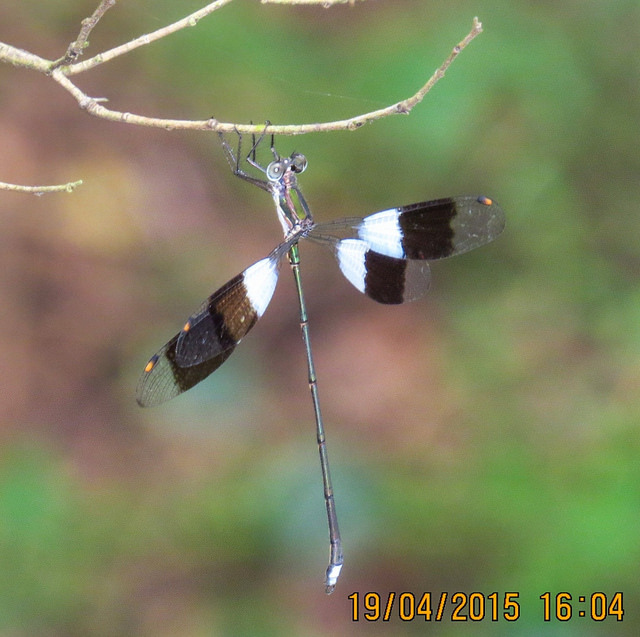 © steamtrainfan
© steamtrainfan © Flutterby
© Flutterby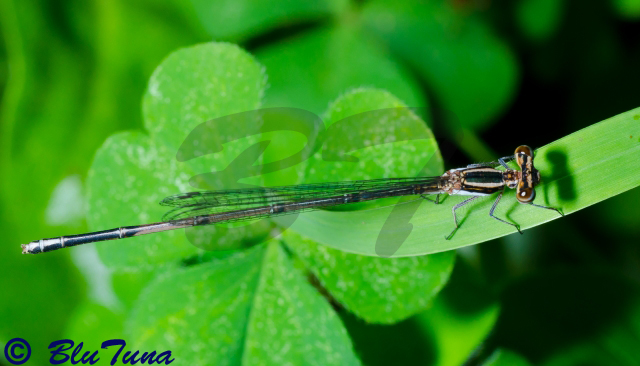 © BluTuna
© BluTuna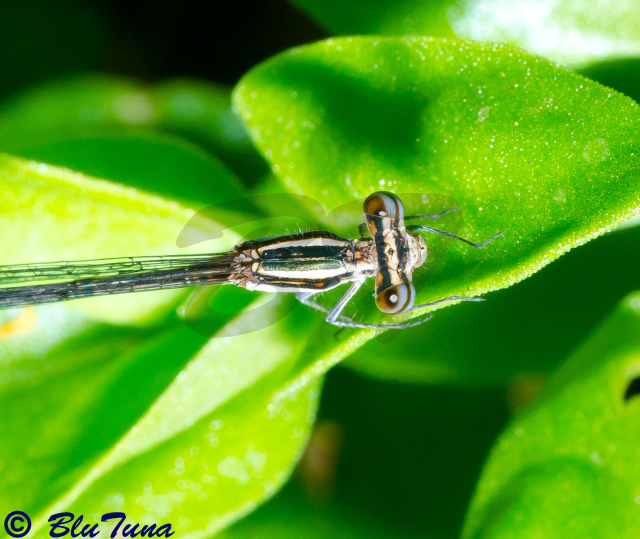 © BluTuna
© BluTuna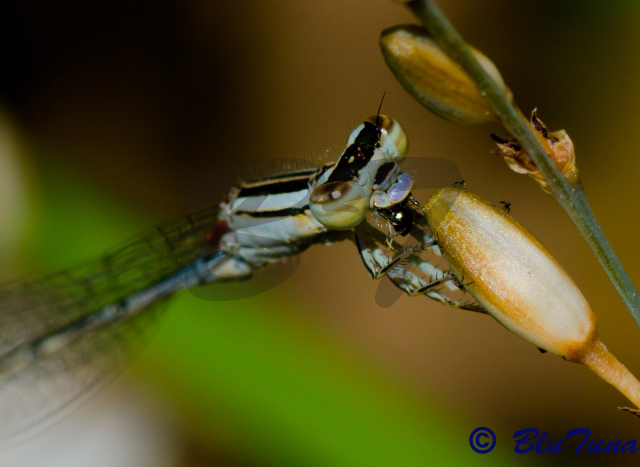 © BluTuna
© BluTuna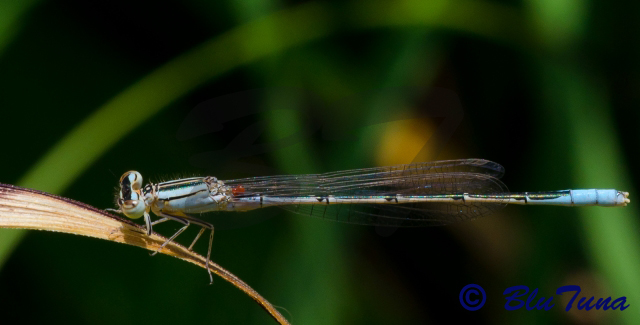 © BluTuna
© BluTuna